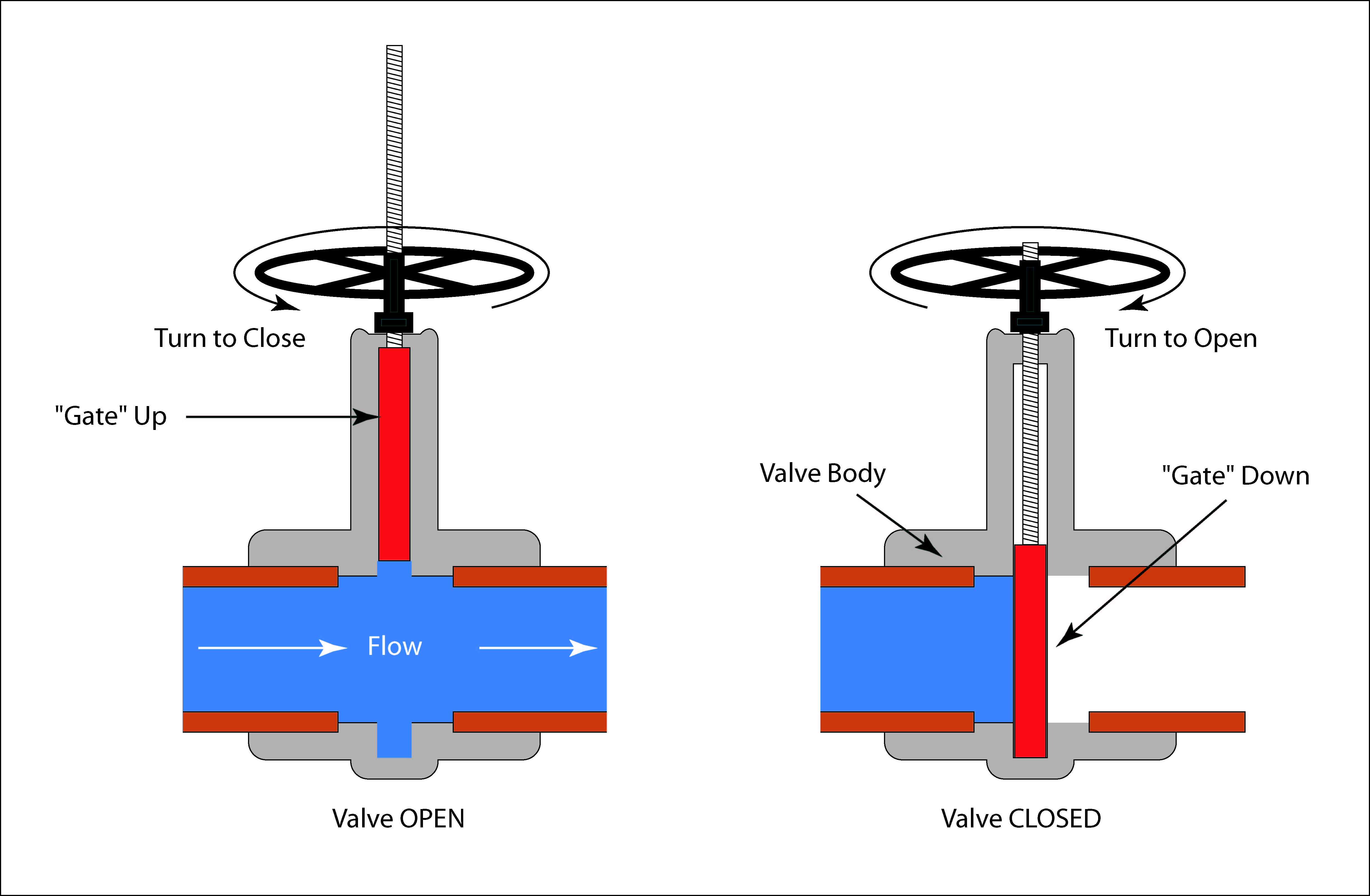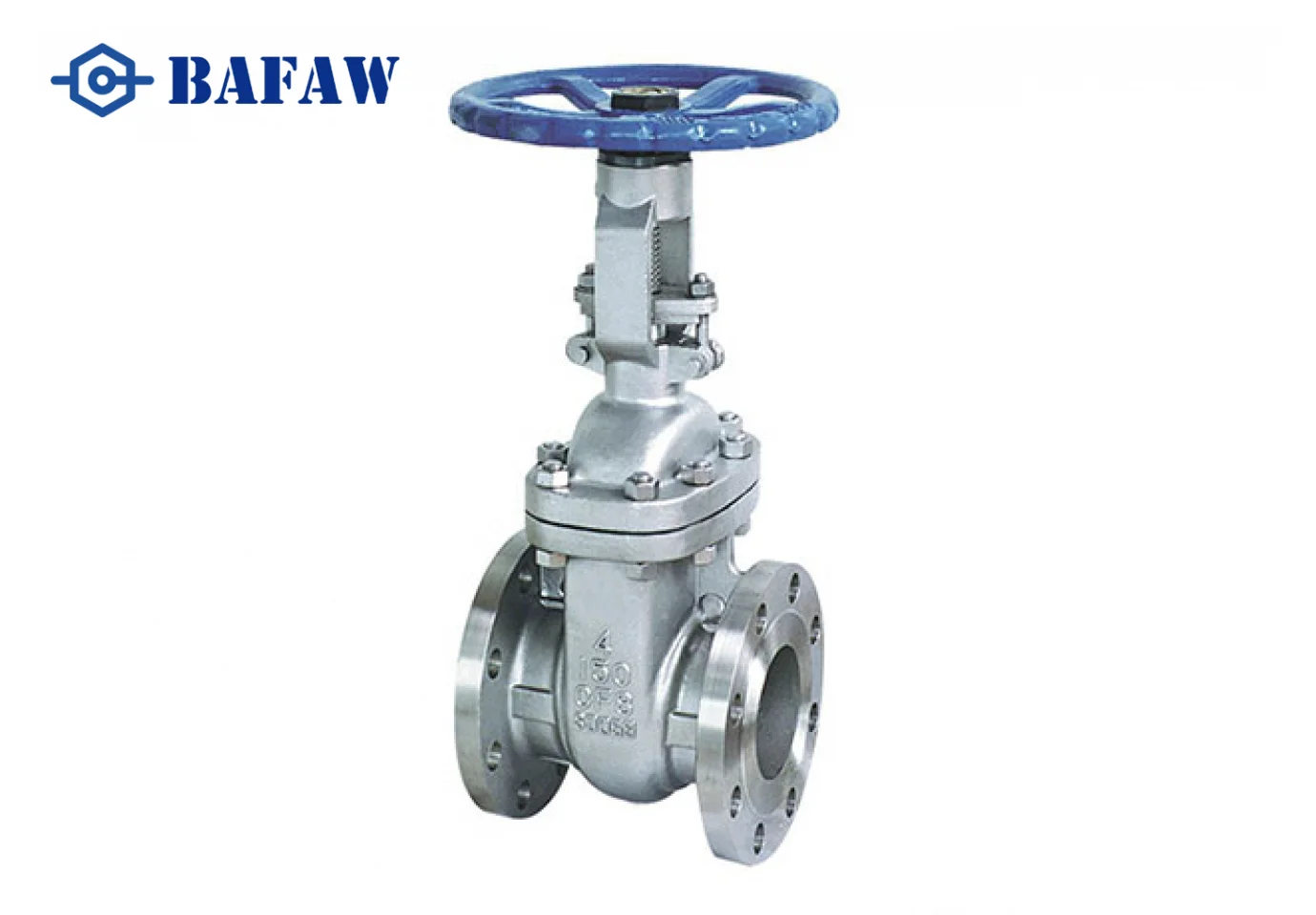What Is a Gate Valve? How Does a Gate Valve Work?
January 28, 2024A gate valve is a type of valve used to control the flow of fluid in a pipeline. It operates by raising or lowering a gate (a wedge-shaped or parallel disc) to either allow or block the flow of the fluid. Gate valves are primarily designed for fully open or fully closed positions and are not generally used for flow regulation.
Key features of gate valves include:
Gate
The gate is the movable component of the valve that either blocks or permits the flow of fluid through the pipeline. It typically moves perpendicular to the direction of flow.
Valve Body
The valve body houses the gate and provides the passageway for the fluid. It is usually made of metal and is designed to withstand high pressures and temperatures.
Actuator (Optional)
Some gate valves are manually operated using a wheel, handle, or lever to raise or lower the gate. Others may be equipped with actuators for automated operation, which can be pneumatic, electric, or hydraulic.
Rising vs. Non-Rising Stem:
Gate valves may have either a rising or non-rising stem. In rising stem designs, the stem rises and lowers with the gate, providing a visual indication of the valve position. In non-rising stem designs, the stem remains stationary while the gate moves.
A gate valve operates by raising or lowering a gate (a wedge-shaped or parallel disc) to control the flow of fluid through a pipeline.
Here's how a gate valve works:
Fully Open Position
In the fully open position, the gate is raised fully into the valve body, allowing unrestricted flow of fluid through the pipeline. The fluid flows in a straight line with minimal resistance because there is no obstruction from the gate.
Closing the Valve
To close the valve, the operator rotates the valve handle, wheel, or actuator, depending on whether the valve is manual or automated. As the operator turns the handle, the stem attached to the gate begins to descend.

Gate Movement
As the stem descends, it lowers the gate into the flow path of the fluid. The gate gradually obstructs the flow of fluid until it is completely lowered into the valve body, effectively shutting off the flow.
Fully Closed Position
In the fully closed position, the gate forms a tight seal against the valve seat, preventing any further flow of fluid through the pipeline. The gate valve provides a complete shut-off, blocking the flow in both directions.
Opening the Valve
To open the valve, the operator rotates the valve handle or actuator in the opposite direction, causing the stem to rise. As the stem rises, it lifts the gate out of the flow path, allowing fluid to pass through the pipeline once again.

Gate valves are typically designed for either fully open or fully closed positions. They are not suited for throttling or regulating flow because partially opening the valve can cause erosion of the gate and seat due to the high-velocity flow of fluid. As a result, gate valves are often used in applications where the valve is primarily used for isolating sections of the pipeline or for on/off control rather than flow regulation.
When it comes to ensuring the safety and reliable operation of fluid pipelines, choosing the right valves is crucial, and gate valves stand out as an important option. Their simple yet effective operation makes them widely used across various industries, from chemical processing to energy sectors. For more information about gate valves, feel free to visit our company website.




